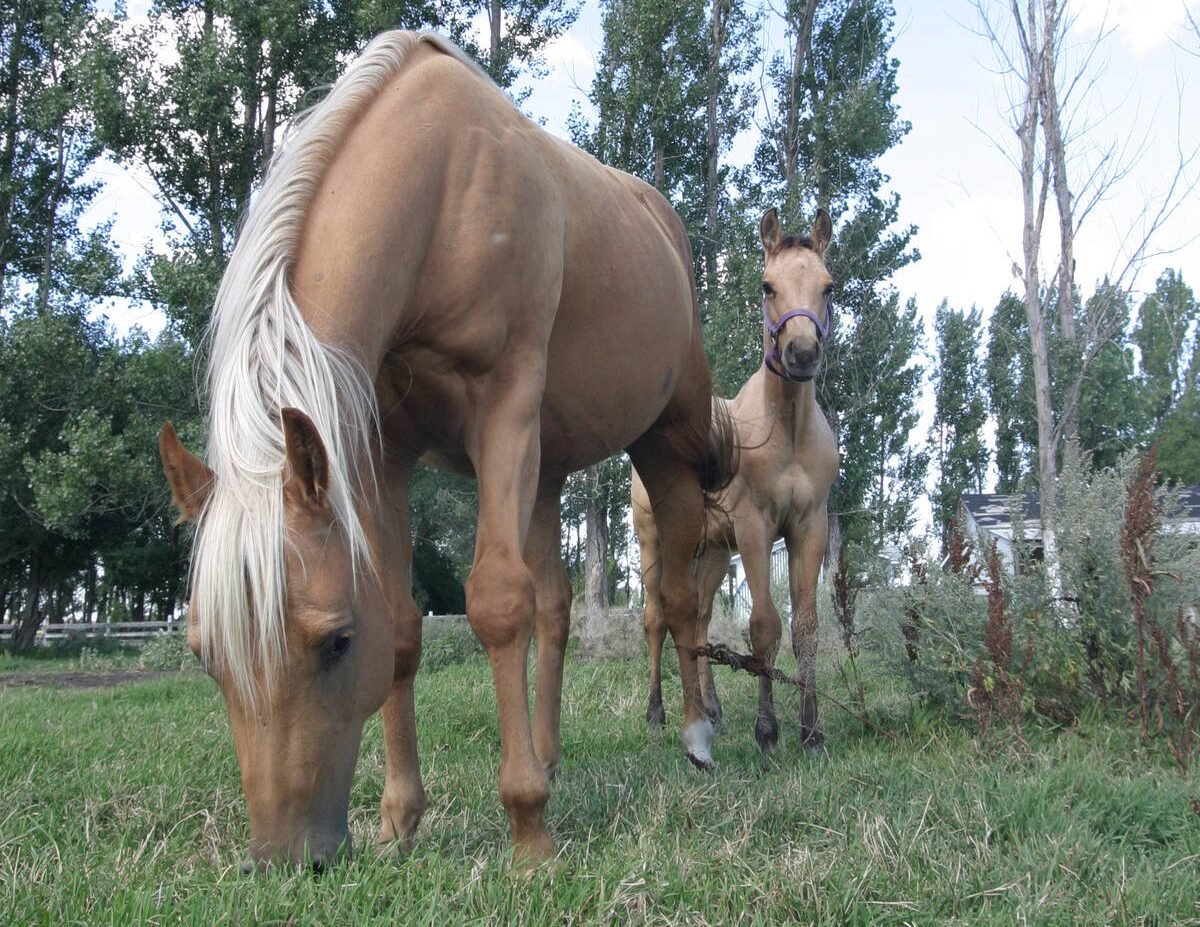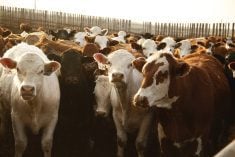The final hurdles have been cleared to allow feeder calves from Montana to enter Canada without health tests.
Only licensed feedlots in Canada are allowed to receive these cattle and strict handling rules apply, said Ben Thorlakson, Canadian Cattlemen’s Association vice-president.
“The whole program is set up to maintain the integrity of the Canadian herd,” said Thorlakson.
All cattle that arrive at the yard must go directly to slaughter in Canada or the United States.
Cattle from Montana will wear a special metal ear tag designating their status and operators must account for every American animal that arrives in their feedlots. They must be cross-referenced with any additional ear tags or other identification systems used.
Read Also

Growth plates are instrumental in shaping a horse’s life
Young horse training plans and workloads must match their skeletal development. Failing to plan around growth plates can create lifelong physical problems.
The yard can’t keep cows or replacement heifers over winter. This will further guard against the spread of disease. Every animal that dies in one of these lots will have an autopsy to determine cause of death.
Once the American feeders are in approved lots, other livestock on the premises can’t move out except to slaughter in Canada or the U.S. Operators can move horses but the animals must receive anti-parasitic treatment. Mexican cattle are not allowed into this program.















